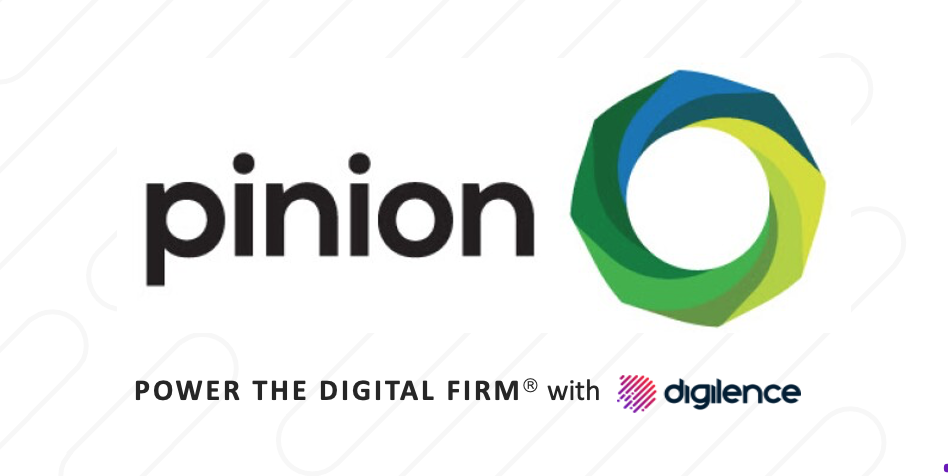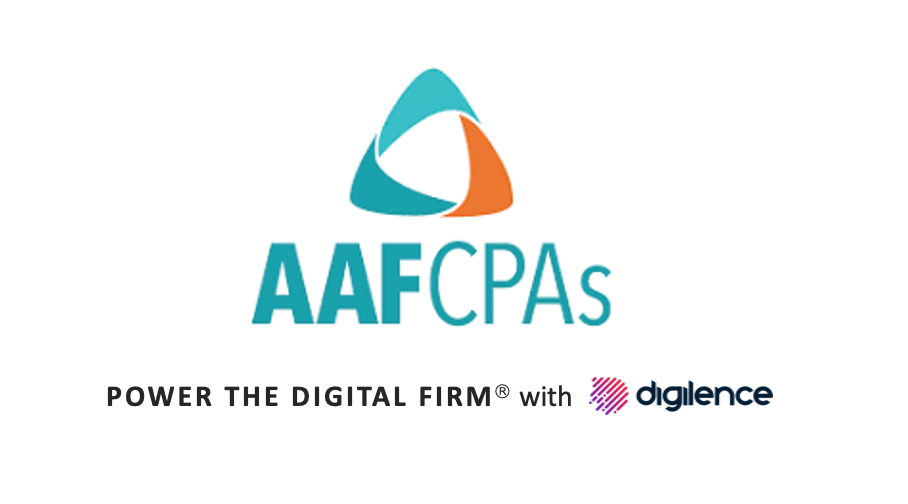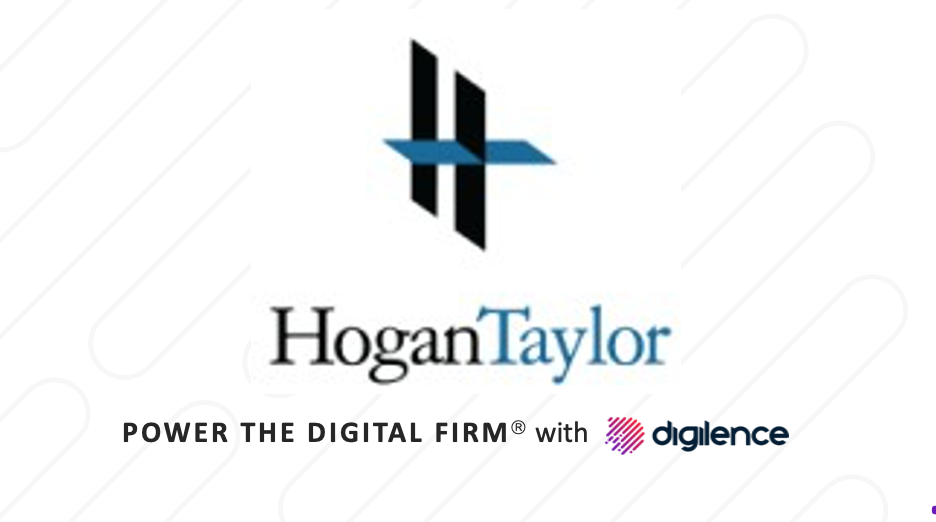Pinion CEO chooses Digilence for Tax Automation

Pinion automates “Last-Mile" of Tax to create efficiency
Pinion pursued an automation strategy to achieve five goals. They wanted to:
- Automate 35% to 50% of repetitive compliance tasks
- Free-up significant professional staff hours to create “capacity for scale”
- Deliver pro-active feedback to clients to enhance the busy season experience
- Streamline the busy season and improve workflow both internally and for clients
Payback and return on investment in less than six months
KCoe is early on their path to automation and digital transformation. Even so, they achieved a solid return on their investment within their first year of working with Digilence. “Automation of the last-mile of tax and e-filing process saves countless hours of staff time, says Jeff Wald, CEO of Pinion. “This will directly contribute to our ability to free up precious staff time and create capacity to grow."
The Digital Firm Journey with Digilence
“As we automate more of the full tax engagement with Digilence, we will see an even better return on our investment,” he says. "The goal is to free up as much compliance time as possible so our staff accountants can focus more on client service, delivering trusted advice and growing our practice."
To date, most of the work that Pinion has done with Digilence is on the tax side, but the company plans to expand automation across a full roadmap of processes in audit, tax, and compliance, as well as consolidate other outdated technology platforms leveraging “smart” solutions from Digilence.
More about how Pinion managed digital change with Digilence
-
Step 1: Develop lean processes
Pinion began developing a lean process for tax processing a few years ago, says Andrea Roth, senior manager and lead of Pinion's tax innovation team.
They brought in an outside consultant to help them create standard processes and procedures for tax administration. This work eliminated reduncancy and waste.
“We set up an e-file inbox where all clients send their 8879s. That enabled us to manage tax processing and 8879s at the firm level, as opposed to staffing each office to manage them locally.”
After they standardized their processes, they looked for ways to automate them.
Step 2: Re-prioritize in-house automation efforts
Pinion initially tried to automate by using off-the-shelf “no-code” software for robotic process automation (RPA). That didn’t work so well, says Greg Davis, Partner and CIO.
Why? Because their technology staff was at capacity and didn’t have the relevant experience to build a total solution incorporating the latest technologies. It’s hard to find experienced developers who understand artificial intelligence for the financial industry, and they’re expensive.
Pinion needed specialized skills in artificial intelligence, machine learning, intelligent document processing, robotic process automation (RPA), as well as an ability to build an end-to-end workflow automation product.
Even when Pinionacquired those skills, Greg says, the automations they built faced unexpected challenges:
- Pinion automations often break. They need maintenance each time the downstream software applications change the user interface.
- Pinion's team had to “babysit” the custom automations daily to be sure they were working and performing well.
- Therefore, Pinion experienced a very high cost of ownership and the need for a dedicated support team just to keep them running.
Step 3: Partner with Digilence
Pinion next looked for a packaged, turnkey solution they could buy. Greg Davis says they learned about Digilence from another customer, and then ultimately partnered with Digilence for four main reasons:
- The Digilence team has a solid track-record and significant domain expertise in accounting.
- They have a SaaS and cloud-based structure for managing automations with high success rates and service-level performance.
- Digilence offers prebuilt, productized automations specifically for the accounting firm, addressing the common repetitive manual processes that still plague all firms in this profession.
- The company provides out-of-the box cloud integrations to the leading systems used in the accounting profession and can scale the solution to firms of all shapes and sizes, independent of their systems.
In addition, Davis says, working with Digilence enabled Pinion to accelerate their automation roadmap at a lower initial cost and much lower ongoing support costs.
“It's not just a matter of picking an automation platform, learning the platform, and building automations,” Davis says. “You also have to create a comprehensive end-to-end solution to manage and digitize the unstructured data and documents that come from clients. Then you need multiple AI and machine learning strategies to accurately extract the data into a consistent digital format and improve accuracy over time. And finally you must build out all the security, cloud infrastructure and workflow to deliver a total solution. It takes multiple skill sets to get that right”.
Step 4: Create Results: Free up time to create capacity
In working with Digilence, KCoe was pleased to find they didn’t have to change back-end processes for managing their tax engagements. “We could just plug their technology into the processes and systems we had set up,” says project lead Andrea Roth.
The automations enablePinion's administrative staff to “get rid of those mundane or monotonous tasks and enable them to do more fulfilling, valuable work for the firm,” she says.
The automations will enable KCoe to gain efficiency, save time, and further refine their processes. She expects to improve the quality of work because they can track and flag exceptions much faster. This will help Pinion improve their client experience, she says.


